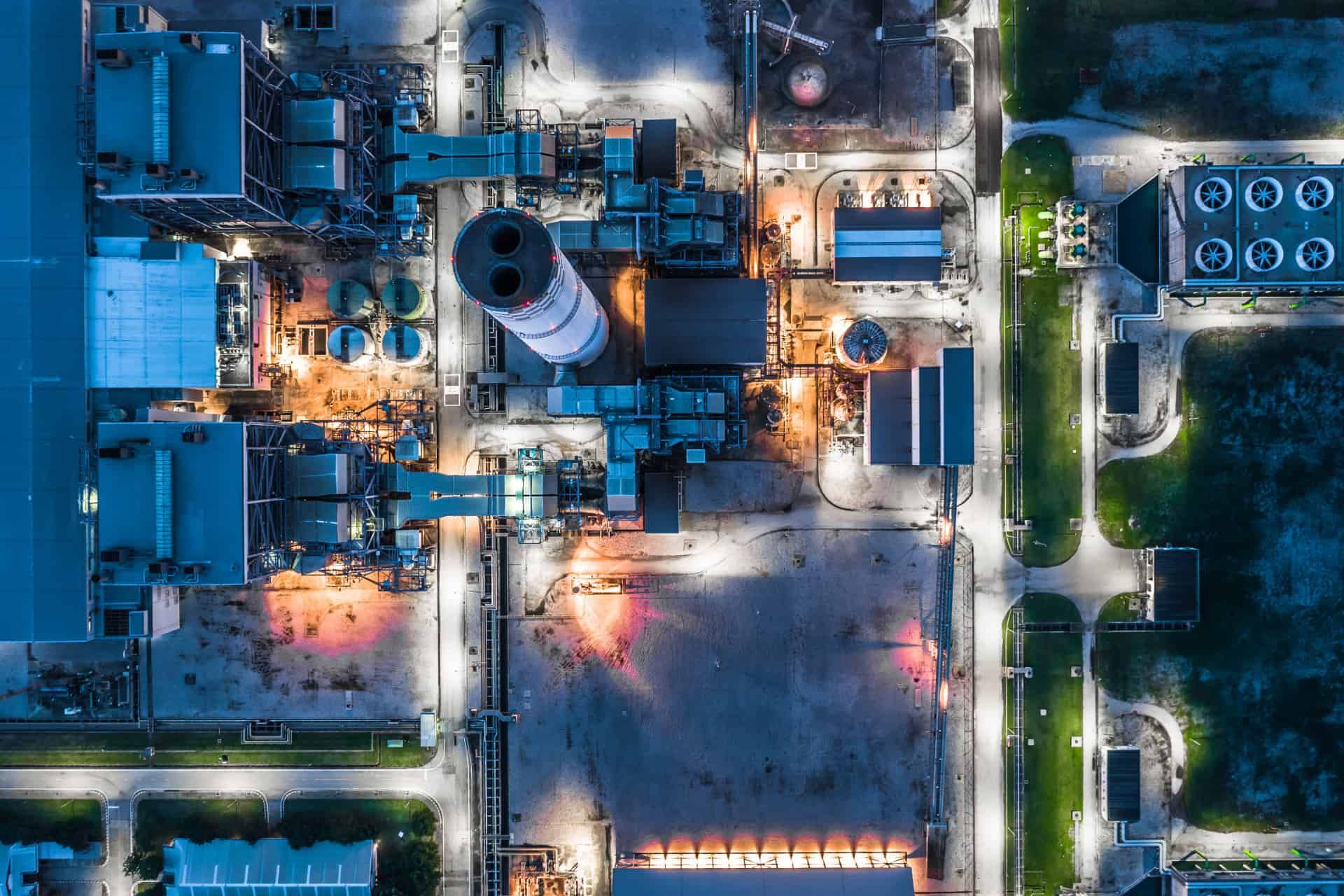Navigating your next steps in energy efficiency

‘What’s next?’ is a question that many ask about energy efficiency and carbon reduction. Perhaps you made a large investment, developed new processes and reduced energy losses. But where does the next gain come from? DCO Systems consider some of the questions raised and explore ways to further improve energy efficiency within your processes and how continuous improvements lead to significant gains.
I have new equipment and track some energy usage, what more can I do?
Tackling energy usage isn’t a one-off event, we can help on navigating the next steps. It can be relatively easy to undertake one-off capital projects that improve performance and increase efficiency; but the continued monitoring and maintenance of the plant and equipment that is not new is often overlooked. If there is insufficient visibility of problems in those areas then problems gradually set in, eroding the gains made from major investments. It is easy to see the gains from a new, highly visible, energy recovery system; but the losses from unreliable condensate return tank systems hidden away in basements can be just as significant but harder to see.
The DCO approach provides tools for you to continuously improve through ‘marginal gains’ techniques, the constant accumulation of discrete improvements and enhancements. Simultaneously that monitoring avoids the ‘marginal losses’ from the slow reduction in performance from equipment that is no longer performing.
We offer equipment sensors that monitor across a wider and more inclusive range of plant and equipment, and software to understand and interpret the data. With accurate data available to your engineers over multiple time scales, they can see what changes have worked and which have not. With a comprehensive and robust dataset to provide a performance baseline, you’re free to test, pilot and trial new changes and alterations. Know what works and what doesn’t in real time.
How do your sensors work?
Our equipment sensors work wirelessly and, in most installations, can harvest their own power. Making them easily retrofitted to equipment, including in hard to access locations with no existing power or network infrastructure. The sensors capture data to build them into a model of performance and status. With a more detailed picture, you can pinpoint exactly when and where losses and faults occur. With comprehensive coverage you don’t miss the small problems that lead to losses and reduce efficiency.
How can data lead to continuous process improvements?
If you already have a high-level picture of your plant’s energy usage, we can add more detail and fill in the blanks. Our sensors capture data to build a more detailed model of performance and status. With a more detailed picture, you can pinpoint exactly when and where losses and faults occur. With comprehensive coverage you don’t miss the small problems that lead to losses and reduce efficiency.
Accurate and continuous data is the key! All data and customised readings are uploaded in real time to our cloud-based dashboard. The information is organised in an easy-to-read format and can be view by assigned members of your organisation. Greater information sharing leads to greater involvement, better collaboration and easier interpretation. When decisions need to be made or instruction given, everyone is on the same page.
The data can also be targeted by plant location, machine and down to individual sensors - this allows you compare historical data and detect anomalies within your process. Furthermore, you can be notified of leaks and malfunctions through the dashboard. Continuously diagnosing problems and preventing new ones means that your energy efficiency efforts will not only be maintained but continue to improve.
DCO Systems can help you keep moving forward and make continuous gains in your energy efficiency efforts. Don’t let all the work you have done already unravel unknowingly!
To find out more go to dcosystems.co.uk email: info@dcosystems.co.uk or call: 01285 359059.
)
)
)